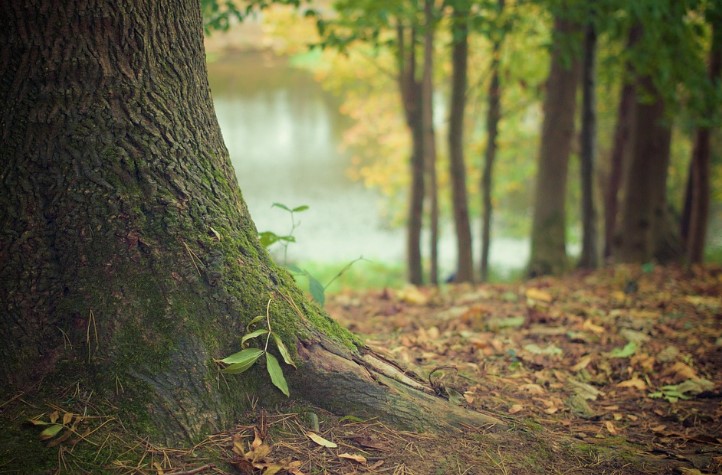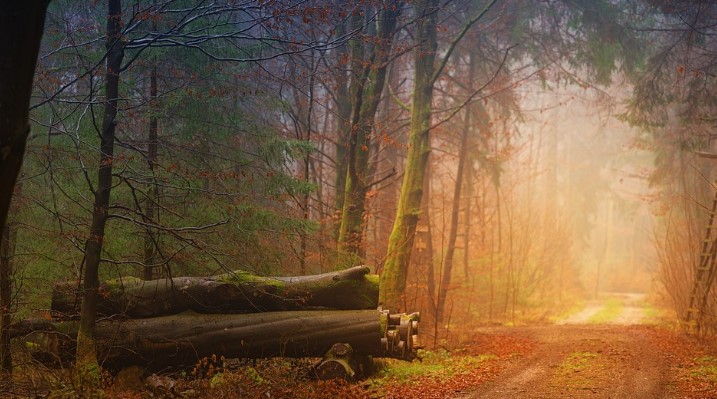
When was the Wood Festival Held? What are Softwoods? How many species of trees are there on earth? Learn these and much more here in these facts about wood.
Wood Finishes Direct appreciates wood since it is one of humanity’s earliest and most valuable materials. It has ensured our security, comfort, and warmth for millions of years.
But trees have been a part of Earth’s scenery since before our forefathers were even a gleam in the eye of the cosmos.
To visualize this, picture a world devoid of all human-caused disturbances, where nothing but softly swaying trees and vegetation stretches forever. Such a scene would be magnificent and inspiring.
Because wood has been so widely utilized, few of us actually “see” it anymore. It is a regular feature of the historical panorama.
Looking at a tree with new eyes is like seeing it for the first time again; just as the night sky’s infinite expanse astounds, so too does a tree’s miraculous nature become clear.
These are massive, robust plants with ancient origins that date back to the depths of geological time, and some of them can live for thousands of years. What would trees say if they could communicate with humans?
Suffolk’s Haughley Park hosted May’s 2014 edition of the Weird and Wonderful Wood Festival.
One hundred artists, crafters, and singers came together to share their knowledge and talents with an eager-to-learn and curious audience, demonstrating how much we still value our connections to the world’s largest plants.
Here are some of the most amazing facts about wood:
Facts About Wood
1. Wood has life, dying, and dead cells.
2. The dwarf willow in the Arctic Tundra is the world’s shortest tree.
3. The tallest trees may reach 100m or 320ft. The Coast Redwood and Australian Mountain Ash are only a few of these.
4. The world’s tallest live hardwood tree is Centurion in Tasmania.
5. Trees do not age and die. Killers are typically insects, illnesses, or other humans.
6. Many believe the Giant Sequoia is the world’s most significant living thing, but a 2,400-acre fungal mycelium in eastern Oregon is a serious candidate.
7. The globe has about 23,000 tree species.
8. Softwood and hardwood describe trees’ leaves, seeds, and structure, not wood.
9. The redwood tree’s bark may be up to two feet thick.
10. City trees survive 13 years less than rural ones.

11. With a total size of over eight and a half million acres, the Amazon Basin is the largest tropical forest in the world.
12. The typical London plane tree is good at absorbing pollutants and sheds its bark periodically.
13. One tree may absorb up to 48 pounds of carbon dioxide a year and a ton by age 40, making them vital in the fight against climate change.
14. Balsa is a hardwood, despite appearances.
15. Each state has a state tree.
16. Softwoods aren’t usually softer than hardwoods.
17. White oak may be bent using steam.
18. It was under the knowledge tree that Buddha attained enlightenment. A yew tree, a symbol of eternity, is commonly seen in old British cemeteries.
19. Osage Orange tree wood burns hottest.
20. The African Baobab has an enormous trunk at 50 feet and 155 feet in circumference.

21. Kingsley Vale in West Sussex has ancient yew trees, some over 2000 years old.
22. The “General Sherman” tree is the largest tree in the world and the largest giant sequoia. It has a height of 83.8 m and a chest circumference of 24.10 m.
23. Before humans, the oak forest was most common in Britain.
24. British oak trees have a 500-year lifespan. If Henry VIII hadn’t logged so many of them to make ships, we’d have many more of them now.
25. The world’s heaviest wood is Bauhinia Red.
26. Bottle corks and cork floors are made from Cork Oak bark.
27. Some bristlecone pines are 5000 years old. However, the age of the famed lime tree at Gloucestershire’s Westonbirt Arboretum is more like 6,000 years old, while that of Perthshire’s The Fortingall Yew might be as high as 9000.
28. Gymnosperm trees make softwoods, while angiosperm trees make hardwoods.
29. Softwoods don’t have vessels. It may easily access the tree’s food, water, and nutrients through its open cells.
30. The popularity of pine furniture throughout the 1980s and 1990s can be attributed to the ease with which softwoods accept wood treatments.

31. Trees capture 50% of the sun’s energy absorbed by living things.
32. All wood breaks down over time.
33. Unlike dry wood, wet wood carries electricity.
34. Ebony is the world’s blackest and whitest wood.
35. Lignin is what gives wood its durability. It is found in higher concentrations in hardwoods and lower concentrations in softwoods.
36. Lignum Vitae Holywood is America’s heaviest wood.
37 Softwoods are lighter than hardwoods.
38. Pine is cheaper than some hardwoods because it is denser.
39. Softwoods account for over 80% of global timber output.
40. Well-maintained trees can boost property value. Estimates range from 14% to 27%, with some experts placing more weight on the lower number.

41. Trees may decrease air cooling by 30% if appropriately placed.
42. Hardwood, when properly seasoned, burns for longer and hotter than softwood.
43. Softwood isn’t as thick and doesn’t burn as long as hardwood, but it may still give out 75% of the heat.
44. Wood fuel is renewable if forests are well-managed. Net carbon emissions from wood are often lower than those from fossil fuels, and modern appliances may reach efficiencies of up to 90% in the burning process.
45. Only 10% of a tree’s sustenance comes from the Earth, while 90% comes from the air.
46. The tops of trees are where new growth begins. If you observe a tree for a century, you’ll see that the branches only ascend a few inches on the trunk.
Conclusion
Wood has been a part of earth far before then we can imagine. Further, there are many kinds of species of trees that we don’t know about.
In earlier times, almost everything was made of wood. I hope this article on facts about wood helped you gain knowledge that you didn’t know.
Here, I conclude my article. For more information, stay tuned!
